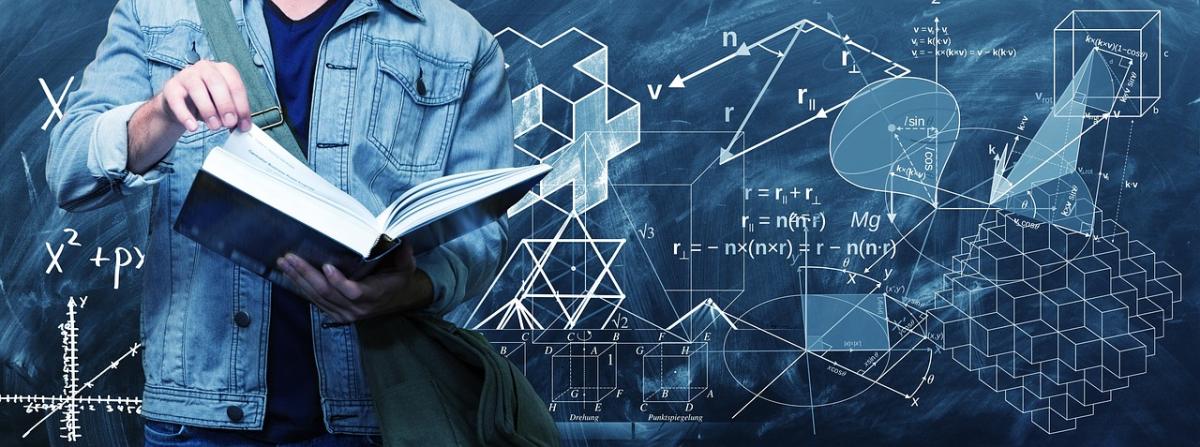This lesson plan is about the phases of the moon. It can be used for 4th grade and 5th grade students. This is a hands-on activity that would help students explore the explanations about the movement
This lesson is about watersheds. It includes the presentation of the lessons, STEM sheet to use, and enrichment activity for students. The lesson includes a branching out activity of their own
Featured Lesson Plans
Check out these notable lesson plans.

Using Stop Motion Animation to Show Step-by-Step Instructions and Solve Real World Math Problems
Stop motion is a great way for students to slow down working through the steps in math to demonstrate their understanding of math concepts. Students can film a short story or step-by-step instructions

By creating a stop motion animation, students will gain a deeper understanding of how landforms develop, are weathered, and erode. This is an engaging way to help infer the history of the current

This STEM project allowed students to embark on an exciting journey of entrepreneurship with "Ride to Success." In this immersive STEM lesson plan, students will not only learn the ins and outs of


